
Every home tells a story, and Victorian and Queen Anne houses whisper theirs through every roofline, window, and porch. This article reveals the key clues to help you decode their unique architectural language with confidence and delight.
Distinctive Rooflines

Queen Anne roofs are defined by their asymmetry, with steep gables, dormers, and projecting elements that add depth and visual complexity. In contrast, Victorian roofs are steeper and more formal, often featuring prominent mansard or hipped designs that emphasize grandeur.
Towers and Turrets

Towers on Victorian homes integrate into the architecture, standing tall but subdued. By comparison, Queen Anne turrets are more flamboyant in placement and style, which pop out playfully as if daring you to imagine fairy tales within their walls.
Color Personalities

Muted, stately tones dominate Victorian exteriors—think deep reds, greens, and earth tones. Queen Anne homes, however, embrace exuberance, donning bright palettes with splashes of contrasting trim. These lively shades make them feel like the extroverts of architectural history.
Playful Ornamentation

Queen Anne homes wear decorative elements with flair—spindles, brackets, and shingled patterns in abundance. Victorian designs, while ornate, favor symmetry and restraint, offering a sense of regality rather than artistic freedom. Each house feels like it’s wearing its personality.
Material Choices

Urban Victorian homes often feature brick and stone facades. In contrast, Queen Anne homes, particularly in rural areas, commonly feature wooden siding enhanced with textured shingles and intricate paint schemes.
Symmetry vs. Surprise

Order reigns in Victorian layouts, where symmetry and balance define the structure in most Victorian subtypes. Queen Anne homes often revel in asymmetry, with unpredictable arrangements of windows, towers, and porches that make every angle a delightful discovery.
Bay Window Drama
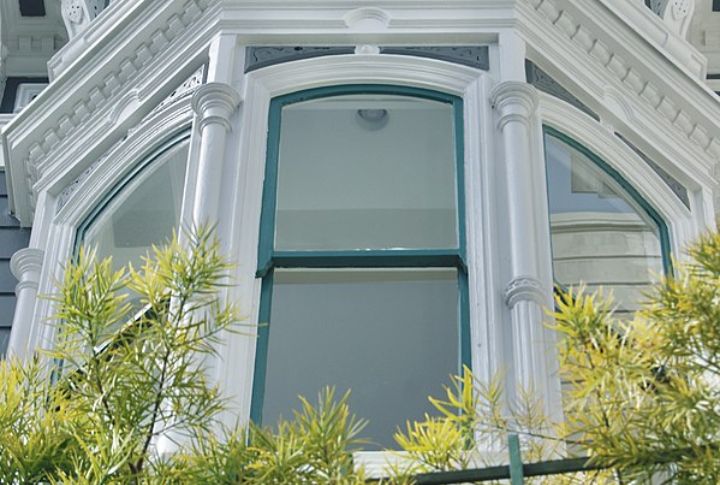
Victorian bay windows are architectural showpieces, often arranged in threes with elaborate frames. In Queen Anne homes, bay windows feel like artistic experiments, jutting out unexpectedly and boasting decorative flourishes that take away the spotlight.
Porches with Personality
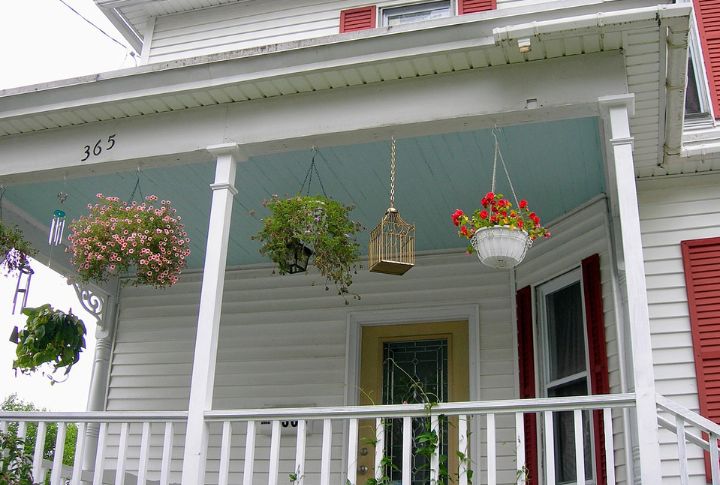
The Victorian porches are understated, often smaller, and designed to enhance symmetry. Queen Anne porches wrap around with charm, inviting guests to linger. With their intricate railings and expansive layouts, they practically beg for rocking chairs and lazy afternoons.
Vibrant Stained Glass
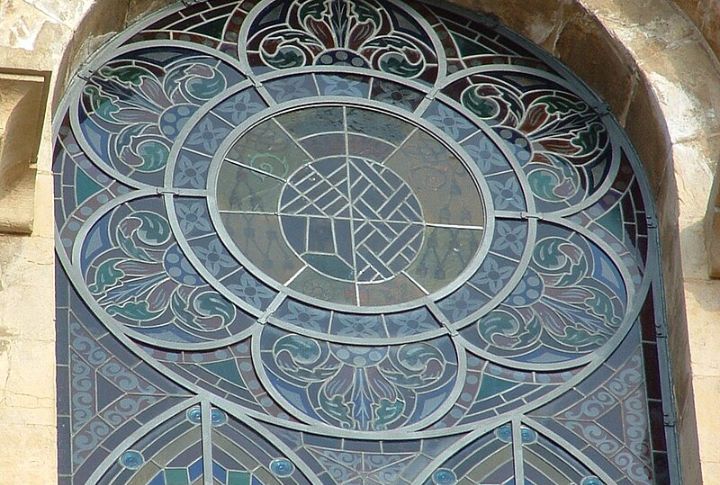
In Queen Anne homes, stained glass windows become creative statements, bursting with color and energy. Victorian stained glass feels more restrained and offers muted hues and simpler patterns that underscore the home’s formal elegance.
Tower Placement as a Clue

Victorian towers blend seamlessly, often positioned symmetrically within the structure. Queen Anne towers are daringly playful, popping up in unexpected corners or projecting from porches. Their bold placement adds an adventurous spirit to the architecture.
Room Layouts that Reflect Purpose

In Victorian homes, rooms are compartmentalized, each with a specific function reflecting the era’s formality. The Queen Anne interiors flow more freely, with open layouts and curved walls that lend themselves to creativity and a sense of discovery.
Delicate Gingerbread Details
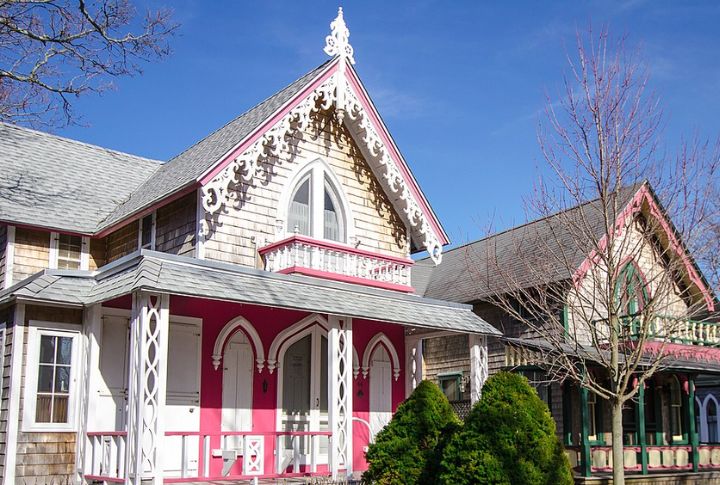
The intricate lace-like trim known as gingerbread appears in many Queen Anne homes, decorating eaves, porches, and gables with whimsy. Victorian trim is sparing, preferring a few elegant flourishes to maintain the home’s overall sophistication.
Chimney Charm

Victorian chimneys are functional yet stately, often featuring simple decorative brickwork. Queen Anne chimneys, by contrast, might feature contrasting materials or eccentric designs, which makes even these functional elements a point of intrigue.
Ceiling Heights and Drama
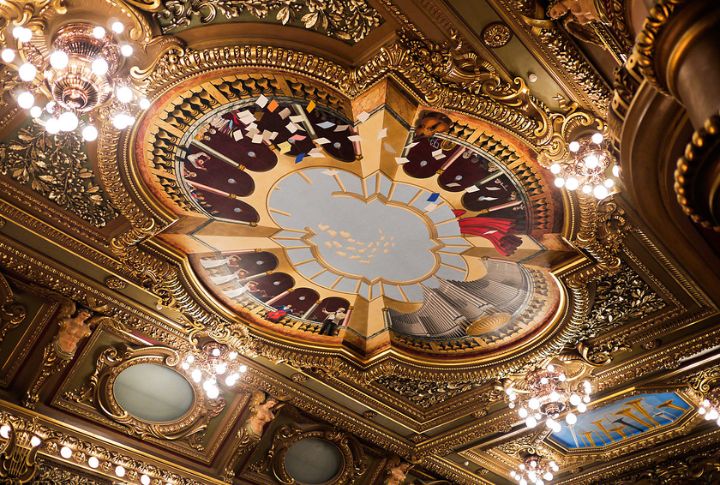
High ceilings define both styles, but Queen Anne homes take liberties with dramatic variations, which adds intrigue to their spaces. Victorian ceilings are consistent in height, reinforcing the style’s formal elegance and stately atmosphere.
Fencing Styles
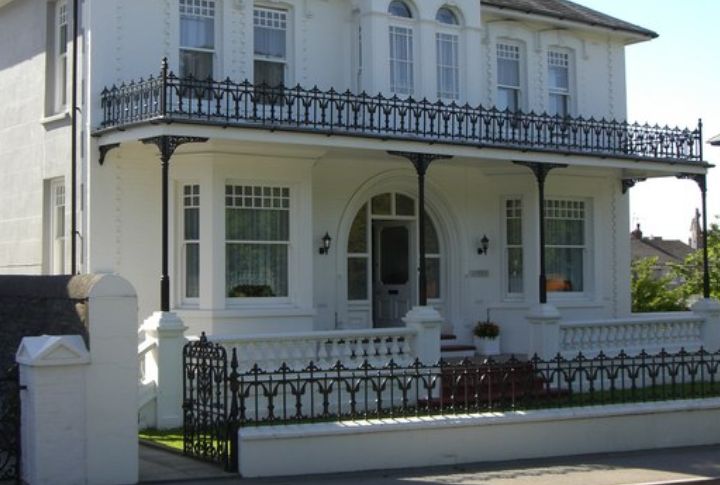
A wrought iron fence enclosing a Victorian property mirrors its stately grace. Queen Anne homes, however, often feature decorative wooden picket fences, sometimes painted in cheerful hues that reflect the home’s vibrant personality.
Window Shapes that Stand Out

Victorian homes adhere to tradition with rectangular or arched windows. On the other hand, Queen Anne’s designs break the mold, introducing round, oval, or irregularly shaped windows that make each home unique and full of character.
Artful Shingles
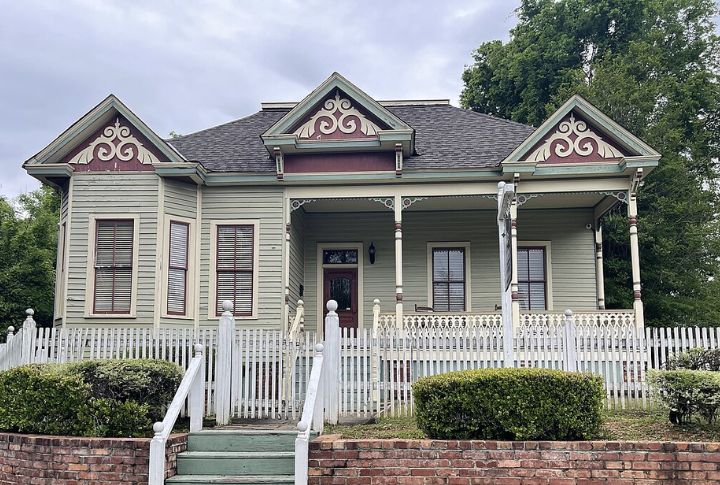
Decorative shingles in scalloped, diamond, or fish-scale patterns are hallmarks of Queen Anne homes, which adds texture to their exteriors. Victorian homes stick to simpler roofing materials and prioritize function and understated style over playful designs.
Lighting That Tells a Story

Victorian lighting fixtures in brass or iron reflect the era’s innovation, combining beauty with functionality. Queen Anne homes embrace eclecticism and incorporate stained glass elements or unconventional shapes to transform lighting into a conversation starter.
Foundation Heights
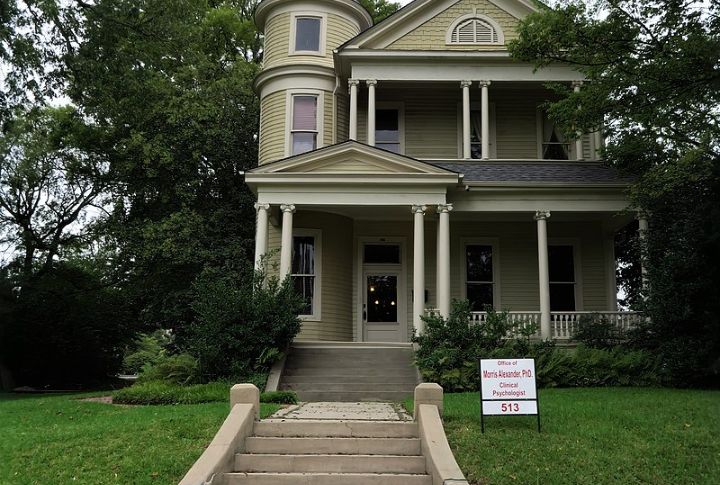
Raised foundations often uplift Queen Anne homes, which creates a sense of drama with grand staircases and raised porches. Victorian homes tend to hug the ground more closely, exuding an air of grounded stability and understated elegance.
Philosophies in Design

Victorian architecture draws inspiration from the classical past, with Gothic, Romanesque, and Italianate influences shaping its features. Queen Anne’s homes break free from these conventions to embrace eclecticism and individuality.

